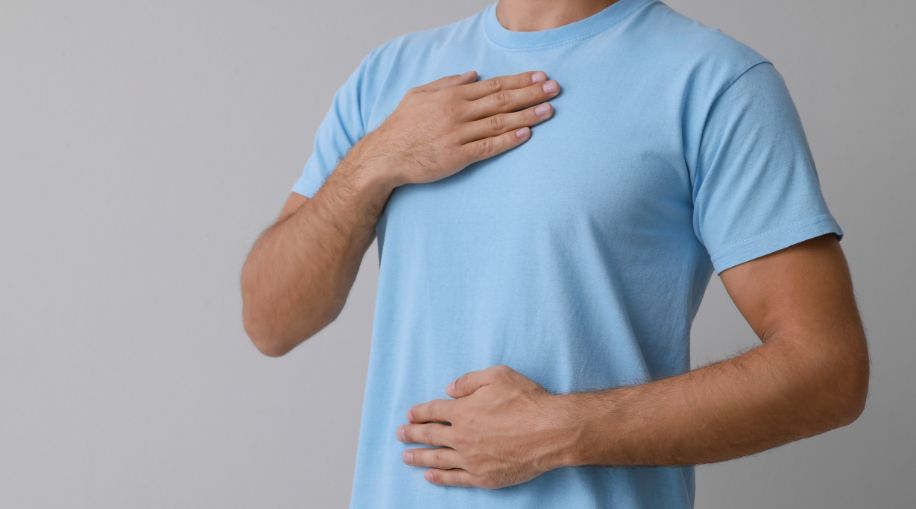COPD Treatment Options
While there is no cure for COPD, there are treatments that can help manage symptoms and improve quality of life, like OHTUVAYRE (ensifentrine), that can help people with COPD breathe better.
1. OHTUVAYRE (Ensifentrine)
OHTUVAYRE (ensifentrine) is a new medication that can help people with COPD. It works by relaxing the muscles in the airways, making it easier to breathe. Ensifentrine helps reduce inflammation and mucus in the lungs, which are common issues for people with COPD. This treatment can be used to help control symptoms like coughing and shortness of breath.
2. Bronchodilators: Open Up the Airways
Bronchodilators are medications that help open the airways in the lungs. This makes it easier to breathe by allowing more air to flow into the lungs. There are two main types of bronchodilators:
- Short-acting bronchodilators: These provide quick relief and are used when symptoms flare up.
- Long-acting bronchodilators: These help control symptoms throughout the day and night.
Doctors may prescribe bronchodilators as inhalers or nebulizers, which allow the medication to go directly into the lungs.
3. Inhaled Steroids: Reduce Inflammation
Inhaled steroids can help reduce inflammation in the airways, making it easier to breathe. They help prevent flare-ups and improve lung function. People with COPD may need to use inhaled steroids daily to keep symptoms under control. These are different from oral steroids, which are taken in pill form, and are often used when symptoms are more severe.
4. Oxygen Therapy: Help with Breathing
Oxygen therapy is a common treatment for people with severe COPD. If your oxygen levels are low, using an oxygen tank or machine at home can help you breathe more easily. This therapy can improve your energy levels and make it easier to do everyday activities. Oxygen can be delivered through a mask or nasal prongs.
5. Pulmonary Rehabilitation: Learn Breathing Techniques
Pulmonary rehabilitation is a program that teaches people with COPD how to manage their condition. It includes exercises to strengthen the lungs, along with breathing techniques to make it easier to breathe. Pulmonary rehab also provides support from healthcare professionals who can help with medication management and lifestyle changes.
6. Vaccines: Prevent Respiratory Infections
People with COPD are at higher risk for respiratory infections like the flu or pneumonia. Vaccines, such as the flu vaccine and pneumonia vaccine, can help protect against these infections. Getting vaccinated can reduce the risk of serious flare-ups and hospital visits.
7. Lifestyle Changes: Stop Smoking and Stay Active
One of the most important things you can do to manage COPD is to stop smoking. Smoking is the leading cause of COPD and quitting can help slow down the progression of the disease. Staying active is also important. Regular exercise can strengthen your muscles and improve your lung function. Simple activities like walking or gentle stretching can make a big difference.
8. Surgical Treatments: For Severe Cases
In some cases, surgery may be needed to treat severe COPD. Options include:
- Lung volume reduction surgery (LVRS): This surgery removes damaged parts of the lungs to help the remaining lung tissue work better.
- Lung transplant: For people with end-stage COPD, a lung transplant may be an option. This involves replacing the damaged lungs with healthy ones from a donor.
Top Options for Managing Symptoms
While there is no cure for COPD, there are many treatment options available to help manage the condition. Medications like OHTUVAYRE (ensifentrine), bronchodilators, and inhaled steroids can help control symptoms, while oxygen therapy and pulmonary rehabilitation can improve quality of life. Lifestyle changes, such as quitting smoking and staying active, are also important. If you have COPD, talk to your doctor about the best treatment plan for you.
